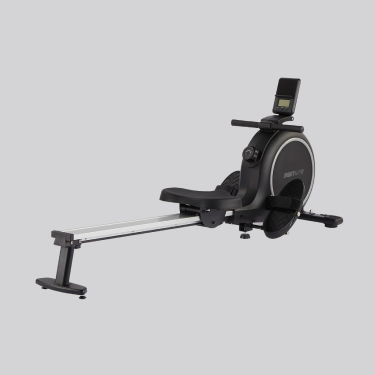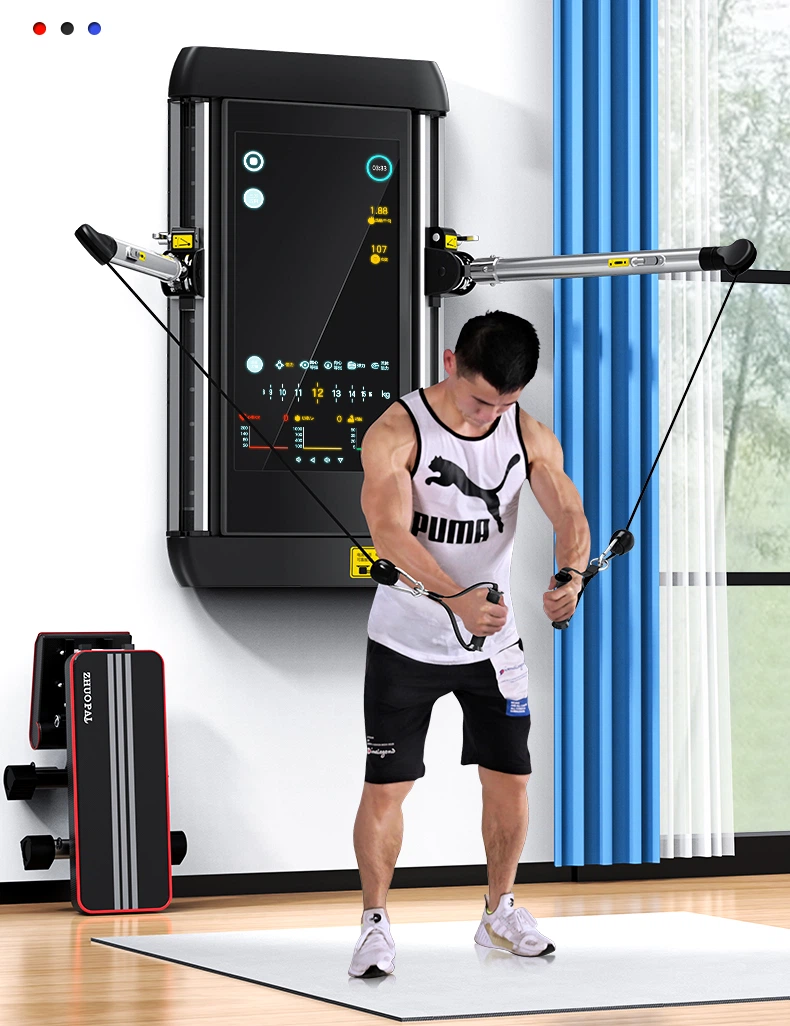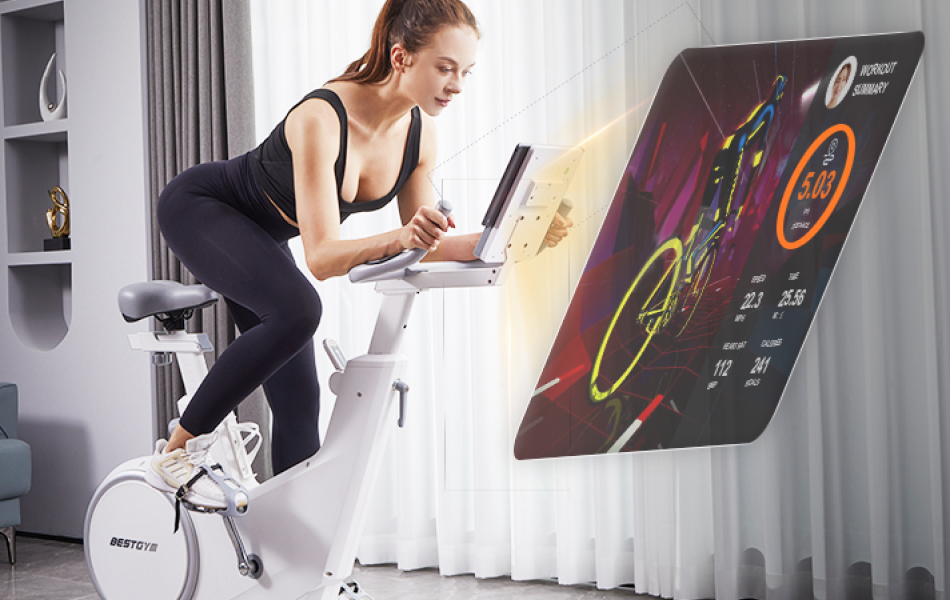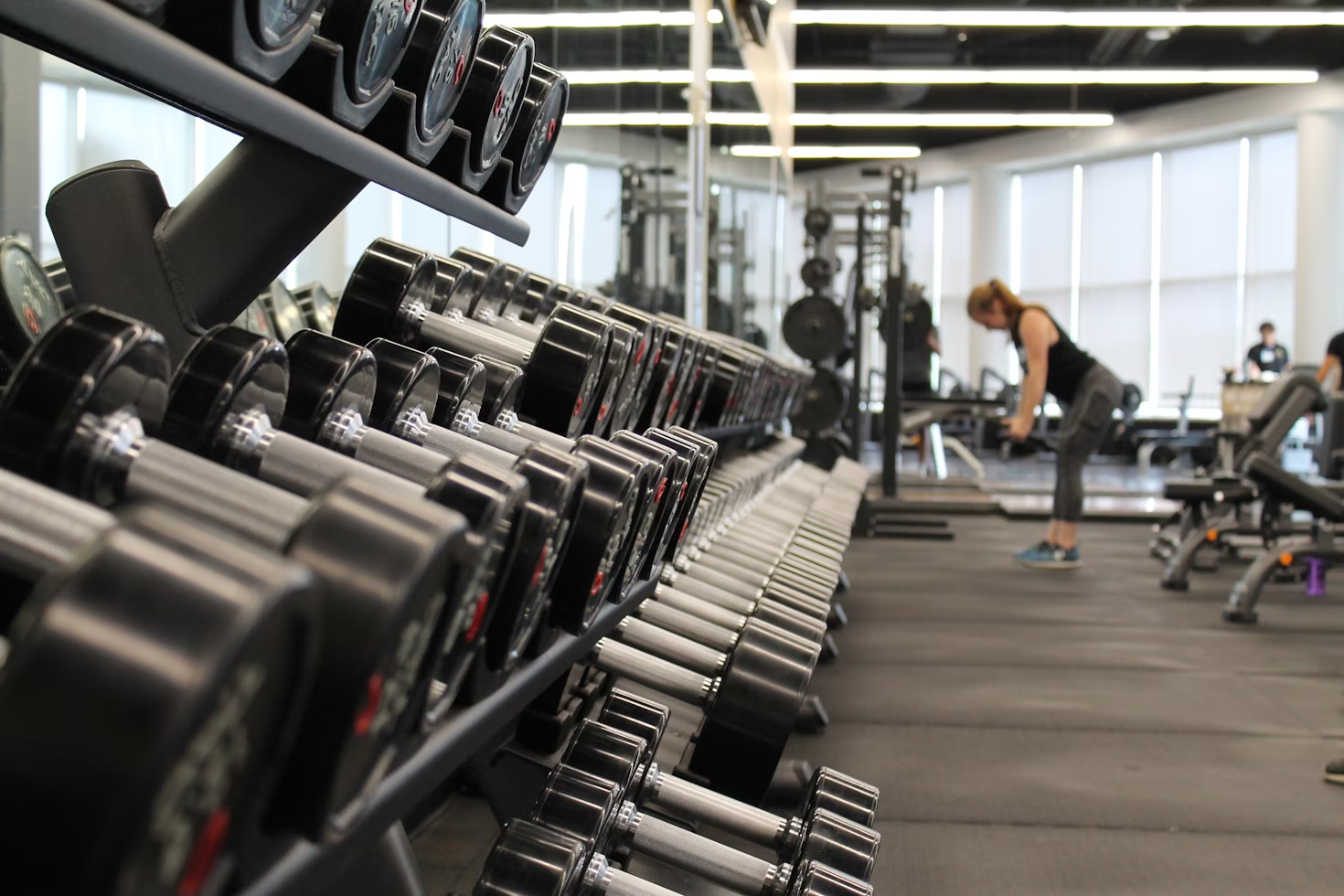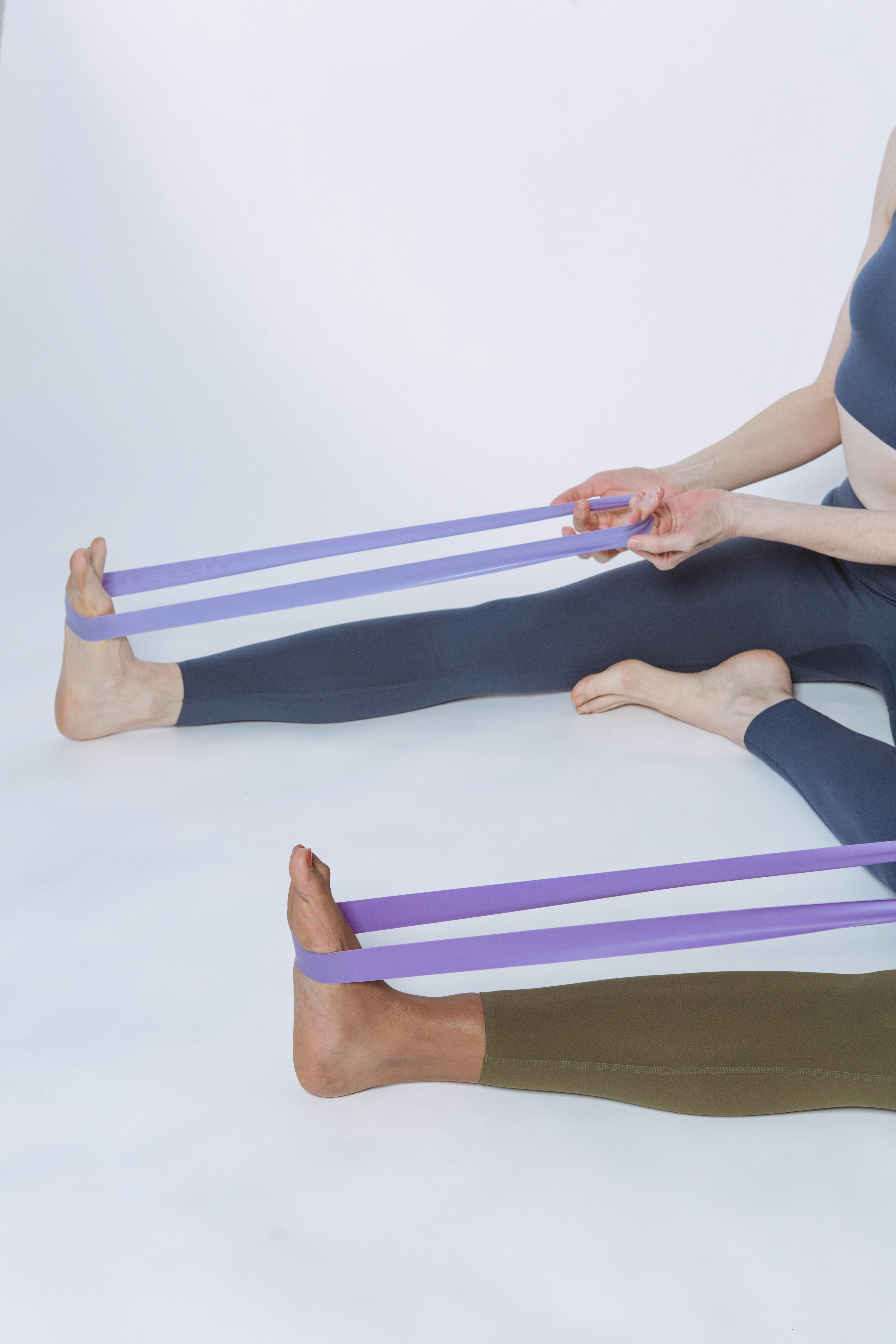Magnetic Resistance vs. Flywheel Exercise Bikes: Understanding the Key Differences
When it comes to choosing the right exercise bike, understanding the difference between magnetic resistance and flywheel systems is crucial. This comprehensive guide explores the key differences between these two popular types of exercise bikes from 10 distinct perspectives, helping you make an informed decision tailored to your fitness needs. In the following sections, we delve deep into what makes flywheel fitness bikes and magnetic resistance workout machines unique. To help you get the most out of your chosen equipment, we've also included 8 tips for using a sports machine to maximize your workout. These tips will ensure you achieve the best possible results, regardless of which type of bike you prefer. Additionally, we address common questions with our section on 5 FAQs about Magnetic Resistance vs. Flywheel Exercise Bikes. This will provide clear, concise answers to help you further understand these exercise machines and make the best choice for your fitness journey.
1. Technical and Mechanical Differences
Understanding the technical and mechanical differences between magnetic resistance and flywheel exercise bikes is essential for making an informed choice. Each system operates on unique principles, impacting their performance and maintenance needs.
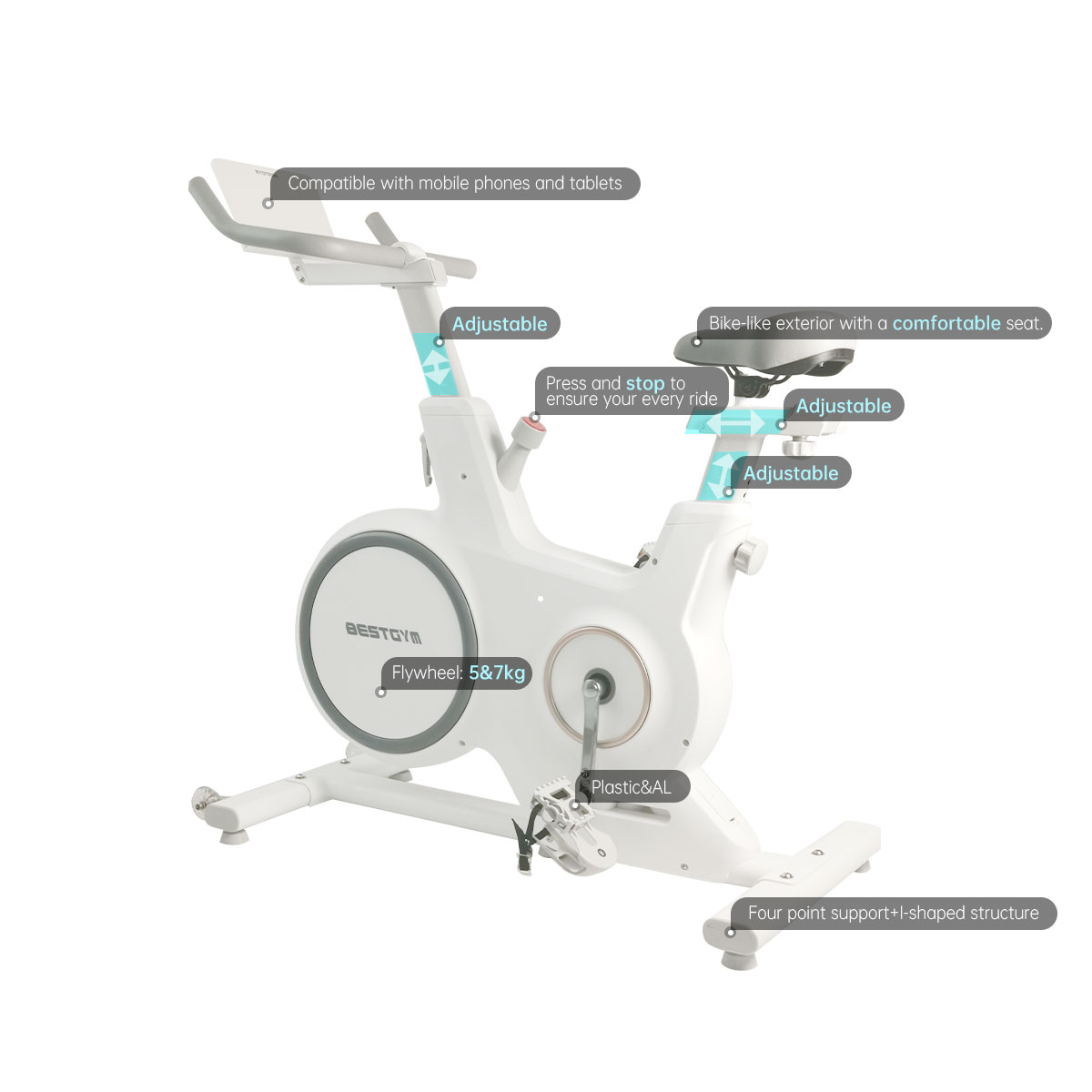
Magnetic Resistance Exercise Bikes
- Mechanism: Uses magnets to create resistance without direct contact.
- Adjustment: Resistance can be changed electronically or manually.
- Benefits: Less wear and tear due to no friction parts.
Flywheel Bikes
- Mechanism: Relies on the weight and momentum of the flywheel for resistance.
- Adjustment: Resistance changes with pedaling speed or a friction pad.
- Benefits: Provides a realistic cycling experience.
2. User Experience: Comfort and Convenience
The user experience of an exercise bike can significantly influence your workout routine and overall satisfaction. Let’s explore how magnetic resistance and flywheel bikes compare in terms of comfort and convenience.
Magnetic Resistance Bikes
- Smooth Operation: Offers a smoother and quieter ride.
- Ease of Use: Simple adjustments, often with digital interfaces.
- Quietness: Minimal noise due to lack of friction.
Flywheel Bikes
- Realistic Feel: Mimics the road cycling experience.
- Intensity: Often provides a more intense workout. A 20kg flywheel spin bike is an excellent choice for those seeking an authentic cycling experience at home.
- Noise Level: Can be noisier because of friction components.
3. Comparing Workout Effectiveness
The effectiveness of your workout is a primary consideration when choosing an exercise bike. Both magnetic resistance and flywheel bikes offer unique advantages that can enhance your fitness routine.
Magnetic Resistance Bikes
- Interval Training: Allows for quick and precise resistance changes.
- Versatility: Suitable for various types of workouts.
Flywheel Bikes
- Steady-State Cardio: Ideal for sustained, steady workouts.
- Consistency: Resistance is continuous and predictable.
4. Cost and Maintenance Considerations
Cost and maintenance are critical factors to consider when investing in an exercise bike. Let’s examine how these aspects differ between magnetic resistance and flywheel bikes.
Magnetic Resistance Bikes
- Initial Cost: Typically higher due to advanced technology. A magnetic resistance spin bike with a monitor is a fantastic option for tracking your fitness progress in real-time.
- Maintenance: Low maintenance with fewer parts to replace.
Flywheel Bikes
- Initial Cost: Often lower upfront cost.
- Maintenance: Higher maintenance due to wear and tear of friction pads.
5. Decibel Levels and Comfort Ratings Differences
For many users, the noise level and comfort of an exercise bike are deciding factors. Here's how magnetic resistance and flywheel bikes compare in these areas.
Magnetic Resistance Bikes
- Quiet Operation: Ideal for use in shared living spaces.
- Comfort: Smooth and silent, enhancing the workout experience.
Flywheel Bikes
- Authentic Feel: Provides a more engaging workout.
- Noise: Higher noise levels due to friction but can be part of the authentic experience.
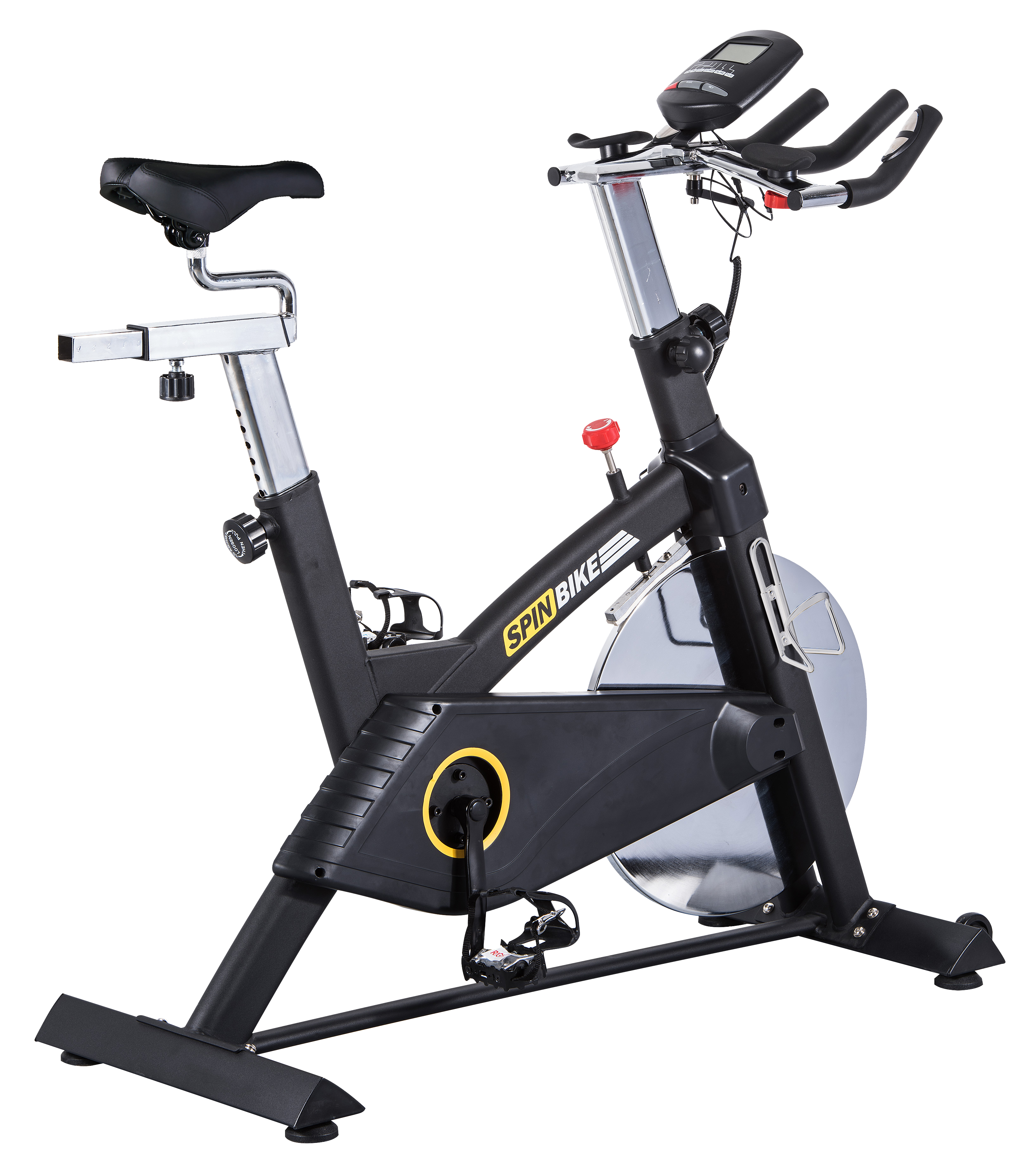
6. Suitability for Different User Groups
Different user groups have varying needs and preferences. Understanding which type of exercise bike suits your specific fitness level and goals can help you make the best choice.
Magnetic Resistance Bikes
- Beginners: Great for those new to exercise biking.
- All Fitness Levels: Adjustable resistance suits all users.
Flywheel Bikes
- Enthusiasts: Appeals to avid cyclists seeking a realistic feel.
- Challenging Workouts: Better for those looking for intense training.
7. Space and Design Considerations
The amount of space you have available and the design of the exercise bike can influence your purchase decision. Let’s look at how magnetic resistance and flywheel bikes measure up in terms of space and design.
Magnetic Resistance Bikes
- Compact Design: Often more compact and sleek, saving space.
- Modern Look: Fits well in contemporary home gyms.
Flywheel Bikes
- Size: Can be bulkier due to larger flywheels.
- Aesthetic: Traditional design appealing to cycling purists.
8. Technological Innovations in Exercise Bikes
Technological advancements have significantly enhanced the features and capabilities of exercise bikes. Here’s a comparison of the technological innovations in magnetic resistance and flywheel bikes.
Magnetic Resistance Bikes
- Advanced Features: Digital displays, app connectivity, interactive training.
- Customization: Allows for personalized workout programs.
Flywheel Bikes
- Realism Enhancements: Virtual rides and resistance changes to mimic outdoor cycling.
- Technology Integration: Incorporates tech but focuses on enhancing realism.
9. Performance and Durability Insights
Performance and durability are key considerations for long-term satisfaction with your exercise bike. Here's how magnetic resistance and flywheel bikes stack up.
Magnetic Resistance Bikes
- Longevity: Durable with fewer moving parts. Investing in a magnetic resistance spin bike is a smart choice for home workouts.
- Consistent Performance: Reliable over time with minimal maintenance.
Flywheel Bikes
- Robustness: Strong build but needs more frequent part replacements.
- Performance: Consistent but depends on the condition of friction components.
10. Environmental and Energy Efficiency
In today’s eco-conscious world, the environmental impact and energy efficiency of fitness equipment are important. Let’s explore how magnetic resistance and flywheel bikes compare in these areas.
Magnetic Resistance Bikes
- Energy Efficiency: Generally more energy-efficient.
- Eco-Friendly: Uses recyclable materials and requires less power.
Flywheel Bikes
- Energy Use: Higher energy consumption during intense workouts.
- Sustainability: Still incorporates eco-friendly materials but may have a higher overall environmental impact.
Brief Introduction of Flywheel Fitness Bikes and Magnetic Resistance Workout Machines
When it comes to achieving an effective and enjoyable workout, flywheel fitness bikes and magnetic resistance workout machines are two popular choices that offer unique benefits. Understanding their mechanisms can help you make an informed decision and maximize your fitness routine.
Flywheel Fitness Bikes: Everything You Need to Know
Flywheel fitness bikes are renowned for their ability to simulate the experience of outdoor cycling. At the core of these bikes is the flywheel, a heavy disc that spins as you pedal. The importance of flywheel weight on an exercise bike cannot be overstated. A heavier flywheel creates a smoother and more stable ride, mimicking the inertia of real cycling. This results in a consistent and challenging workout that engages your muscles more effectively.
Flywheel bikes are often favored for high-intensity interval training (HIIT) and endurance sessions. The continuous momentum provided by the flywheel allows for a more fluid pedaling motion, reducing the risk of joint strain and enhancing overall workout efficiency. Additionally, many flywheel bikes come with adjustable resistance settings, enabling users to tailor their workouts to their fitness levels and goals.
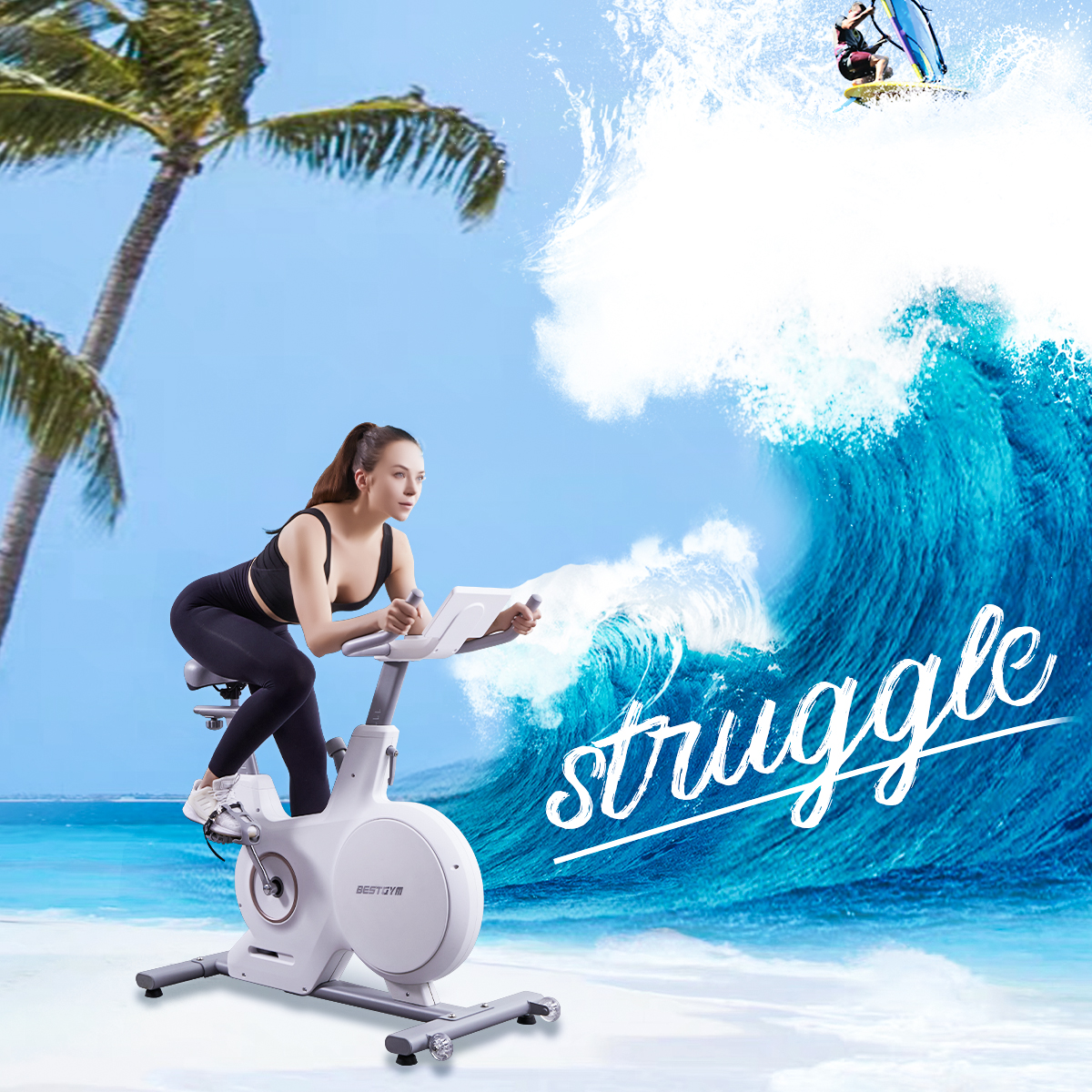
The Importance of Flywheel Weight on an Exercise Bike
The heavier the flywheel, the greater the resistance it can generate, allowing for a more intense workout. This is particularly beneficial for those looking to build strength and stamina. Furthermore, the weight of the flywheel helps maintain a steady cadence, which is crucial for improving cardiovascular fitness and muscle endurance. It also ensures that the bike remains stable during vigorous workouts, providing a safer exercise environment.
Flywheel weight also plays a significant role in the bike's responsiveness. Heavier flywheels respond more gradually to changes in speed and resistance, offering a realistic and smooth transition between different levels of intensity. This characteristic is essential for maintaining a consistent workout rhythm, which can be particularly beneficial during interval training sessions where rapid changes in pace are common.
Moreover, the flywheel's weight impacts the overall durability and longevity of the bike. Heavier flywheels are typically associated with higher-quality construction and materials, which means the bike is likely to withstand the rigors of regular, intense use. This makes flywheel fitness bikes a worthwhile investment for serious fitness enthusiasts who require a reliable and robust piece of equipment.
In conclusion, the importance of flywheel weight on an exercise bike is multifaceted, influencing everything from workout smoothness and stability to resistance levels and bike durability. Choosing a flywheel bike with an appropriately heavy flywheel can significantly enhance your cycling experience, making it an excellent choice for achieving your fitness goals.
Magnetic Resistance Workout Machines: How They Work and Why They're Great
Magnetic resistance workout machines, including exercise bikes, utilize magnets to create resistance, offering a modern and efficient approach to indoor training. Unlike traditional friction-based resistance systems, magnetic resistance involves no direct contact with the flywheel. Instead, it employs the principles of magnetism to adjust the difficulty of your workout seamlessly.
How does Magnetic Resistance Work on an Exercise Bike?
How does magnetic resistance work on an exercise bike? These bikes feature a flywheel, but instead of using friction pads to create resistance, they employ magnets. When you increase the resistance setting, the magnets move closer to the flywheel, increasing the resistance without any physical contact. This results in a quieter and smoother ride compared to traditional resistance systems.
One of the most significant advantages of magnetic resistance is the smooth and quiet operation it offers. Because there is no physical contact between the magnets and the flywheel, there is no friction, which means less noise and wear and tear. This makes magnetic resistance bikes ideal for home use, where a quiet workout environment is often preferred.
Additionally, magnetic resistance systems provide a consistent and predictable resistance level. Unlike friction-based systems, where resistance can vary due to pad wear or environmental conditions, magnetic resistance remains stable and reliable. This consistency is particularly beneficial for maintaining a steady workout regimen and tracking progress over time.
Magnetic resistance workout machines also require less maintenance compared to their friction-based counterparts. With no pads to replace or friction points to lubricate, these machines are designed for long-term durability and minimal upkeep. This ease of maintenance is a significant plus for busy individuals who want a hassle-free fitness solution.
Furthermore, the resistance levels on magnetic bikes can be easily controlled through digital consoles or manual dials, offering a range of settings to accommodate various fitness levels and workout goals. Whether you're looking to perform light cardio or engage in intense strength training, magnetic resistance bikes can adapt to your needs effortlessly.
How to Choose the Right Machine for Yourself
When deciding between a flywheel fitness bike and a magnetic resistance workout machine, consider your workout preferences and goals. If you seek a realistic cycling experience with a focus on endurance and HIIT, a flywheel bike with a heavier flywheel may be the best choice. On the other hand, if you prioritize a smooth, quiet, and low-maintenance ride with precise resistance control, a magnetic resistance bike is an excellent option. Riding the magnetic elliptical bike feels like gliding through space, a seamless fusion of exercise and tranquility.
Both types of exercise bikes offer unique benefits and can significantly enhance your fitness journey. By understanding the importance of flywheel weight on an exercise bike and how magnetic resistance works, you can select the machine that best aligns with your needs and helps you achieve your fitness objectives.
Read More: Top Flywheel Exercise Bikes for Sale: A Buyer's Guide
8 Tips for Using a Sports Machine: Maximizing Your Workout
Using sports machines effectively can significantly enhance your fitness journey, offering a range of benefits from improved strength to better cardiovascular health. To make the most out of your workouts, follow these essential tips:
1. Understand the Machine
Before you start, take the time to familiarize yourself with the sports machine. Read the manual, watch instructional videos, or ask a trainer for a demonstration. Knowing how to properly set up and use the machine can prevent injuries and ensure you’re targeting the right muscle groups.
2. Warm Up Properly
Always begin your workout with a proper warm-up. Spend 5-10 minutes doing light cardio or dynamic stretches to get your blood flowing and muscles ready for more intense activity. This reduces the risk of injury and improves overall performance.
3. Maintain Proper Form
Maintaining proper form is crucial for maximizing the effectiveness of your workout and avoiding injuries. Focus on controlled movements and avoid using momentum to lift weights. If you’re unsure about your form, consider working with a trainer who can provide guidance and corrections.
4. Adjust the Settings
Most sports machines come with adjustable settings for resistance, speed, and incline. Adjust these settings according to your fitness level and goals. Gradually increase the intensity as your strength and endurance improve to continue challenging your body.
5. Incorporate Variety
To prevent plateaus and keep your workouts interesting, incorporate a variety of exercises and machines into your routine. Alternating between different machines and workout types can help target different muscle groups and keep you motivated.
6. Stay Hydrated
Hydration is key to maintaining energy levels and overall performance. Drink water before, during, and after your workout to stay properly hydrated, especially if you’re engaging in high-intensity or long-duration exercises.
7. Cool Down and Stretch
After your workout, spend 5-10 minutes cooling down with light activity and stretching. This helps reduce muscle soreness, improve flexibility, and promote relaxation. Stretching also aids in the recovery process, preparing your body for the next workout.
8. Track Your Progress
Keep a workout log to track your progress over time. Note the exercises you perform, the settings used, and any personal records achieved. Tracking your progress can provide motivation and help you identify areas for improvement.
By following these tips, you can maximize the benefits of using sports machines and take your fitness journey to the next level. Remember, consistency and proper technique are key to achieving your health and fitness goals.
Read More: Cycle Exercise Bike Benefits: Transform Your Fitness Routine
FAQs about Magnetic Resistance vs. Flywheel Exercise Bikes
1. What are the main technical differences between magnetic resistance and flywheel exercise bikes?
- Magnetic resistance bikes use magnets to create resistance without direct contact, which can be adjusted electronically or manually. Flywheel bikes rely on the weight and momentum of the flywheel, with resistance adjusted by changing pedaling speed or using a friction pad. This results in different wear and maintenance profiles for each type.
2. Which type of exercise bike is quieter: magnetic resistance or flywheel?
- Magnetic resistance bikes are generally quieter because they do not have friction parts that create noise. The lack of contact between components results in minimal noise, making them ideal for use in shared living spaces. Flywheel bikes, on the other hand, can be noisier due to the friction between the flywheel and the resistance pad.
3. How do magnetic resistance and flywheel exercise bikes compare in terms of workout effectiveness?
- Magnetic resistance bikes allow for quick and precise resistance changes, which is beneficial for interval training and varied workouts. Flywheel bikes provide a more realistic road cycling experience, which can be advantageous for steady-state cardio sessions and intense training. Both types offer effective workouts, but the choice depends on personal preference and fitness goals.
4. What are the cost and maintenance differences between magnetic resistance and flywheel bikes?
- Magnetic resistance bikes often have a higher initial cost due to their advanced technology but require less maintenance because they have fewer moving parts and no friction components to wear out. Flywheel bikes tend to have a lower upfront cost but may incur higher maintenance costs over time due to the need to replace friction pads and other wear-and-tear parts.
5. Which exercise bike is more suitable for small spaces: magnetic resistance or flywheel?
- Magnetic resistance bikes are typically more compact and have a sleek design, making them a better choice for small spaces and modern home gyms. Flywheel bikes can be bulkier due to the larger flywheel, which might require more space, but they provide a traditional cycling experience that some users prefer.
In conclusion, selecting the right exercise bike requires a clear understanding of the differences between magnetic resistance and flywheel systems. This guide has provided a comprehensive comparison from 10 distinct perspectives, highlighting the unique features and benefits of each type of bike. Whether you’re drawn to the smooth, consistent ride of a magnetic resistance bike or the realistic, inertia-based experience of a flywheel bike, our detailed insights aim to help you make an informed decision tailored to your fitness goals.
Moreover, with our 8 tips for maximizing your workout, you can ensure that you’re getting the most out of your chosen equipment. These practical suggestions are designed to enhance your exercise routine, regardless of which bike you prefer. To further assist you, our section on 5 FAQs about Magnetic Resistance vs. Flywheel Exercise Bikes addresses common queries, providing you with clear and concise information.
By understanding the nuances of these exercise machines and following our expert advice, you’ll be well-equipped to choose the right bike for your needs and achieve your fitness objectives with confidence.


